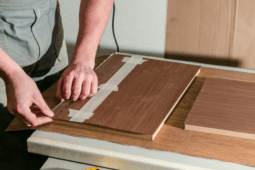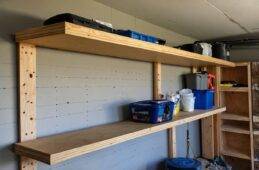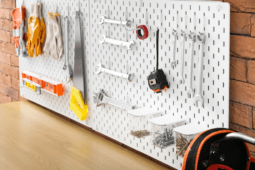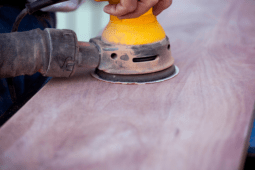How to Choose Cabinet Hardware That Works For Your Home
One important aspect of any kitchen or bathroom remodel is knowing how to choose cabinet hardware that is best for your space. Choosing cabinet hardware can be a taxing, and anxiety-inducing process if you don’t know what you’re doing. Cabinet hardware is often something people don’t put much thought into when they’re first planning their kitchen facelift or bathroom makeover—then it comes time to choose cabinet hardware for your brand new kitchen cabinets, and all the choices can seem overwhelming. Cabinet hardware is an aspect that is often overlooked, but something as simple as swapping out the hardware on that older bathroom vanity can make a huge impact.
There’s no need to worry though! We’re here to tell you everything you need to know about choosing cabinet hardware that will be both functionally and aesthetically pleasing.
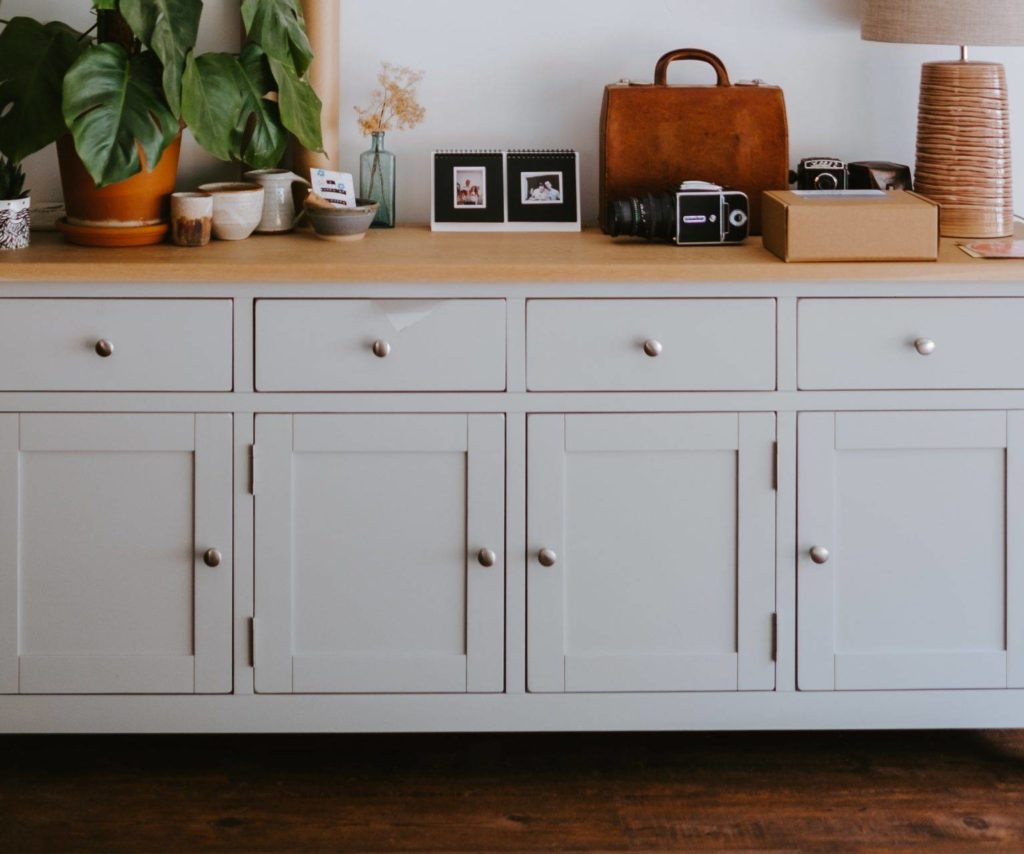
The Basics of Cabinet Hardware: Knobs or Pulls?
If you want to keep the process as straightforward as possible, the most important thing to know is the difference between knobs and pulls. Whether you choose a knob or a pull can change the way the cabinets, and the whole room, are viewed.
It’s your home and your project so you can choose whatever hardware you want, but the most typical choice is that knobs are most common for cabinets, and pulls are traditionally used for drawers. Though it’s common to choose a mix of pulls and knobs, you could also choose one of the two to use on all the cabinets and drawers in a room.
Knobs are the less expensive of the two, and easier to install because they only require one screw. Pulls are typically more expensive and require two screws for installation. Pulls also make more of a statement simply because they’re more noticeable than a knob, and are considered easier to grip than a knob. If you’re installing the hardware yourself, be sure to read our guide on how to install kitchen cabinet handles to ensure it’s done correctly.
Beyond knobs and pulls, other hardware you might need to choose is hinges or drawer glides.
Unless you build your own furnishings, hinges are always included with pre-made cabinets. The can be self-closing, simple hinges, recessed, or a combination that allows special openings. Drawer glides are the same. When buying cabinets the extra cost of high-strength glides is money well invested.
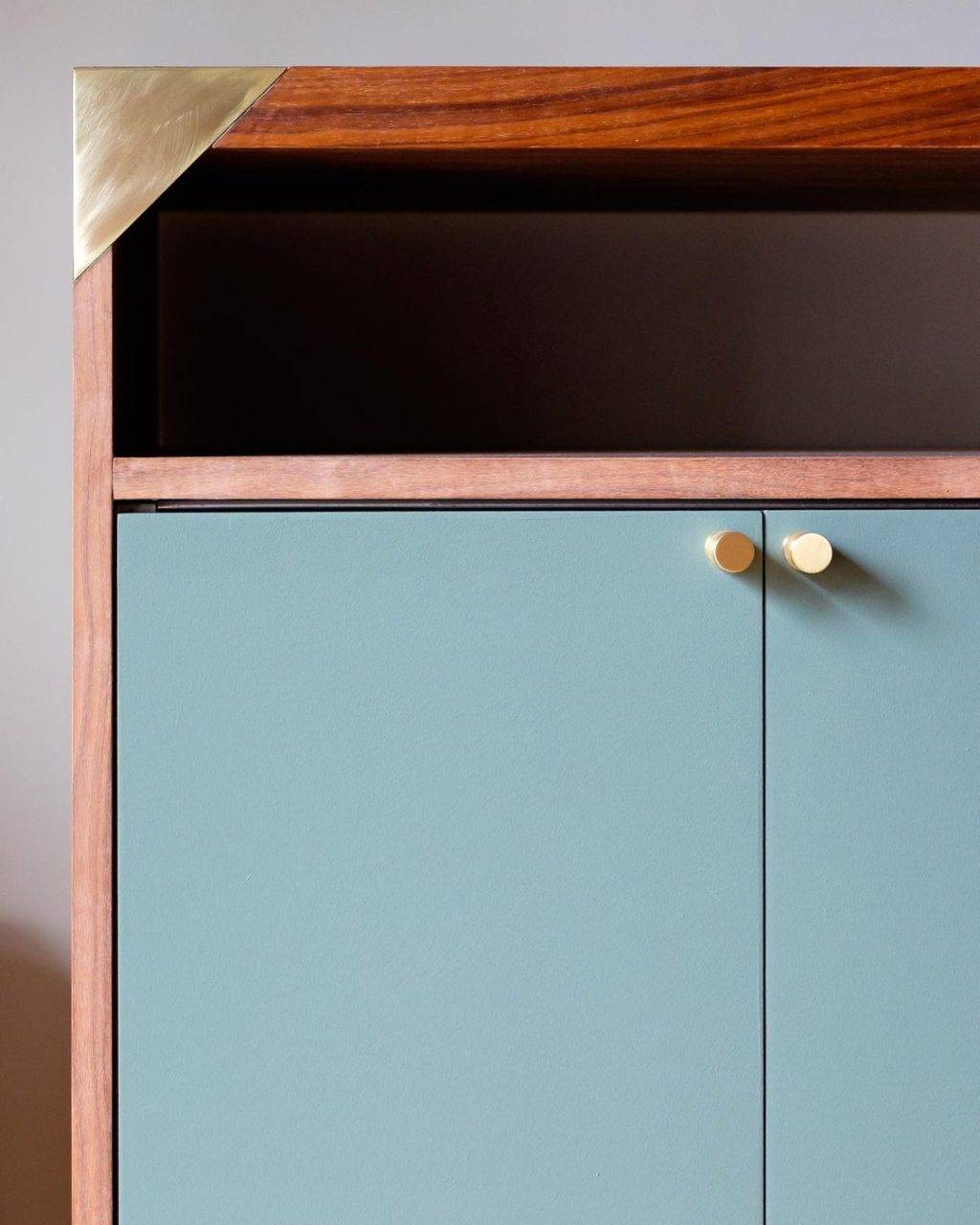
Next Up: Style of Hardware
Once you’ve settled on whether you want pulls, knobs, or a mix of the two, you’ve got to pick the style of hardware you want. Knobs and pulls are now available in a bewildering assortment of choices, your challenge is knowing how to choose the right one. Online, hardware stores, lumber yards, and cabinet shops all carry good inventories.
In general, knobs are seen as a more traditional choice whereas pulls are more contemporary, but there are also style choices to make within that.
While you might think that a knob is a knob, there are still some decisions to make. Do you want a round knob or a square knob? A round knob is much less likely to scratch compared to a knob with square or sharp edges. Round knobs are also going to be much less obvious when they’re loose because no matter how it’s rotated, it’s still a circle whereas a square knob could suddenly be looking like a diamond knob if there’s a screw loose.
Pulls are equally diverse in the world of modern cabinetry. Typical pulls come in a flattened “U” shape, designed for the average person to place their fingers behind. Some pulls look more like wide, “T” shaped knobs, with a single mounting screw, with a stabilizing stud to keep them from spinning.
When it comes to hardware it’s often best to take a cabinet door with you to a hardware or home supply store to compare the knobs or pulls against the color, and style of wood they’ll be used with.
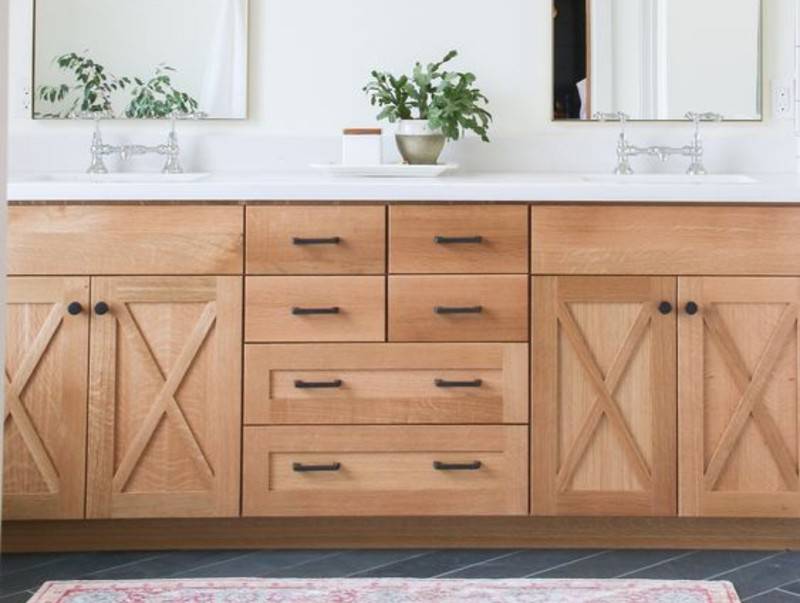
Choosing the Right Size of Hardware
When choosing the style of hardware you want for your cabinets and drawers, you also need to consider the proper sizing—especially when choosing pulls. A longer pull (9”+) gives a sleek, contemporary look that would work well in a modern kitchen, whereas a mid-size pull (5”-7”) is considered to be a more traditional choice. The size of a knob doesn’t have much of an effect on the style, it’s about the actual style or shape of the knob you choose.
Since every cabinet or drawer isn’t made exactly alike, you have to determine what size of hardware you’ll need based on the cabinets you’ve chosen. There are no set rules for how big or small your hardware should be in comparison, but a general rule of thumb is a pull should be about ⅓ of the cabinet or drawer width. Using that rule, a large drawer that’s 36” will look best with a pull that’s longer than 8”, whereas a drawer that’s only 12” (or less) will work well with a pull that is 3”- 4” long.
When it comes to knob sizing, a diameter of 1”-1.5” is most common for drawers less than about 30”. Once you surpass 30” drawers, you’ll likely want to go for a knob that’s greater than 1.5” in diameter, or go for the double knob look.
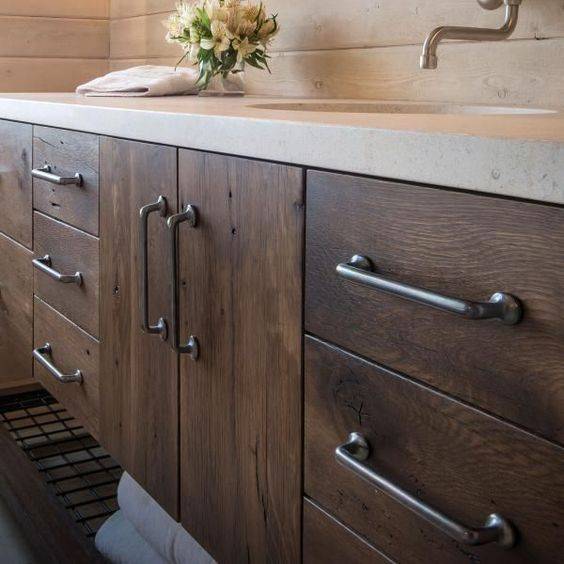
The Finishing Touch—What Finish to Choose
Now that you’ve chosen the style and sizing you want for the hardware, you have to decide on the finish.
Hardware can be made of brass, stainless steel, wrought iron, wood, or acrylic. A knob can provide a perfect finish to oak, walnut, or cherry cabinets. They can create a theme in your family bath, kitchen, or any other area of your home that contains cabinets. Knobs should match the wood, or sometimes, contrast it so greatly that they enhance the look of the entire room. The most popular finishes are brushed nickel, gold, black, oil-rubbed bronze, or polished nickel.
Think how black knobs, placed on white cabinets can make a simple color scheme pop out. The same is true of any color on popular bright white cabinet doors. With a literal rainbow of choices, the knobs can match your cabinets, appliances, and create a unique ambiance to your kitchen, bath, or office.
One mistake people make is trying to mix and match different finishes and metals within one space. While you can mix your hardware finishes with already existing metals within the room (think black or oil-rubbed bronze finishes against copper appliances), most designers and experts will recommend you not mix metals within your hardware. Stick to one knob and pull for the room, with the same style and finish throughout.
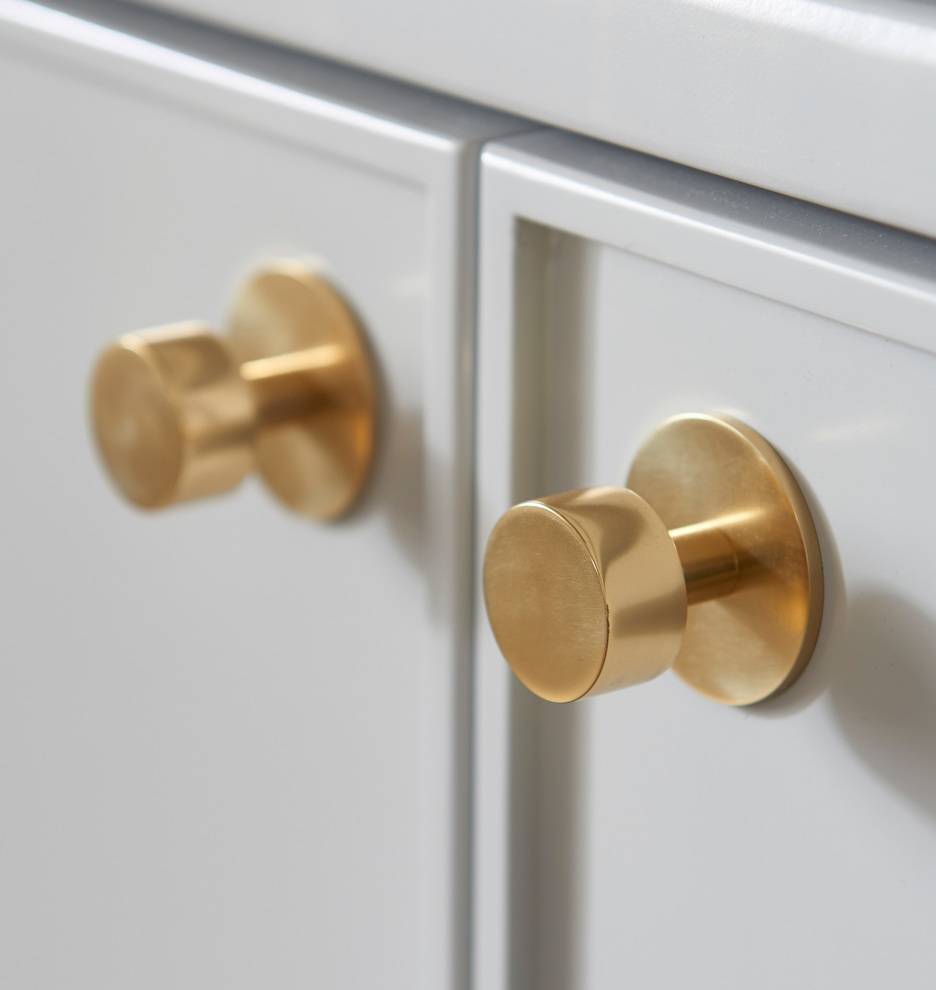
Other Things to Consider When Choosing Cabinet Hardware
You’ve got everything you need to know how to choose cabinet hardware, but there’s always more to consider right? Here are a few other things to remember.
Don’t underestimate the cost of the hardware. If you’re completely remodeling your kitchen, you could be looking at anywhere from 25 to 50 or more pieces of hardware. While they may only cost $3 or $4 apiece, that can add up quickly. Make sure you leave room in your budget for hardware.
Always test your hardware first. You may think that you like a certain style of drawer pull then three weeks after your renovation is finished, you realize it’s not nearly as functional as you thought. Once you’ve settled on a style and finish for the hardware, buy just one of the pull and knob you’ve chosen, take them home to try them out on the cabinet. Test if you like how it looks as well as how it functions before you place your full hardware order.
Think about the ease of cleaning. Especially if you have children, think about the ease of cleaning the hardware you’ve chosen. You’ll be happy you chose an easy-to-clean style when your son drops toothpaste on the new bathroom cabinet knob.
Try not to fall victim to super-trendy styles. Brass and flower-painted pulls were popular in the 90s, but they’re certainly not now. Choosing a more classic, timeless hardware will save you from replacing all the hardware in five years when the style you picked is out of date.
Who knew there was so much to consider when it came to how to choose cabinet hardware? When in doubt—or if you’re feeling overwhelmed by choosing between the seven different gold round knobs that all look only slightly different—just keep it simple and go with the choice that’s most functional.


